Why the “Best Material for Injection Molding” Question Never Gets Old
If you’ve ever stared at a pallet of resins and wondered which pellet will turn into your next profit center, you’re not alone. Picking the best material for injection molding feels like scrolling through a streaming service—too many options, too little time. Yet one wrong choice can stall your launch, eat your margin, or worse, land you on the customer-service hot seat. Let’s cut through the noise and match plastic to purpose without the textbook jargon.
How to Define “Best” Before You Even Touch a Resin
Before we geek out on data sheets, ask three questions:
- What mechanical load must the part survive?
- Will it live in a freezer, under a hood, or on a dashboard in Phoenix?
- What’s your real landed cost per cubic inch—not just the per-kilo price?
Once you nail those answers, the universe of 30,000+ grades shrinks to a handful. And yeah, this step is boring, but skipping it is like buying shoes without checking the size—painful and expensive.
Thermoplastics That Dominate the Injection Molding Playground
Polypropylene (PP): The Cost-per-Quarter King
PP still wears the crown for low-stress housings, living hinges, and single-use medical parts. It flows like water in the mold, so you can drop wall thickness to 0.8 mm and watch cycle times dip under 15 s. The downside? It gets brittle around 0 °C and has a shrink rate that can make your CPK cry. If your product ships to Canada, blend in 10 % talc and you’re golden.
ABS: The Designer’s Darling
Need a glossy surface that takes paint without a primer? ABS is your guy. It welds beautifully for ultrasonic staking and hides sink marks better than most amorphous resins. Just remember: it burns like a campfire, so UL 94 V-0 ratings need flame-retardant grades loaded with bromine—and those grades cost roughly 30 % more. If you chasing UL on a budget, polycarbonate/ABS alloys give a sweeter spot.
Nylon 66: When Strength Is Non-Negotiable
Glass-filled nylon laughs at 120 °C under the hood and still keeps thread engagement. The catch? It love—loves—to suck moisture, swelling 0.3 % in 50 % RH. Design oversized holes and plan on 24 h of drying at 80 °C or you’ll get silver streaks that look like lightning bolts. Oh, and don’t pick a hot-runner valve gate unless you enjoy weekly carbonized burps.
Engineering Tricks to Stretch Your Material Choice
Sometimes the resin you want is too pricey; sometimes the cheap one fails fatigue. Here are three hacks savvy molders use:
- Core-out, don’t thicken: Instead of jumping from 2 mm to 3 mm wall stock, rib the part. You’ll save 14 % weight and drop cooling time 20 %.
- Gas-assist molding: Shoot nitrogen down the core of a handle and you can use high-density polyethylene instead of structural foam, slashing resin cost 40 %.
- Microcellular foam: MuCell lets you run lower melt temps, so you can swap PC for PP and still hit stiffness targets via 10 % glass bubbles.
Real-World Case: From 15 % Scrap to 1 % by Switching Material
A Midwest OEM was molding PET-G lenses for LED lights. Every Friday the scrap bin looked like a plastic tsunami—sink, warp, repeat. We ran a DOE swapping PET-G for crystal-grade polycarbonate, tweaked gate location to the thick section, and dropped cavity pressure from 900 bar to 650 bar. Result: scrap plummeted, cycle stayed flat, and the marketing team bragged about “glass-like clarity.” The switch paid for itself in 2.4 months—faster than you can say “best material for injection molding.”
Quick-Hit Comparison Table: PP vs. ABS vs. Nylon 66
| Property | PP (Homo) | ABS | Nylon 66 (30 % GF) |
|---|---|---|---|
| Price index* | 1.0 | 1.6 | 2.4 |
| Tensile strength (MPa) | 32 | 45 | 190 |
| Shrink rate (%) | 1.8 | 0.6 | 0.3 |
| Max service temp (°C) | 105 | 90 | 150 |
*Index based on May 2024 spot resin prices, freight included.
Sustainability Angle: Can Recycled Content Be the Best Material for Injection Molding?
Short answer: yes, if you design for it. FDA-approved rPET pellets now cost only 8 % more than virgin PET in North America. For non-food parts, 30 % PCR ABS is running 5 % below virgin pricing thanks to EPR credits. The trick is to bump mold temperature 10 °C to restore gloss and run a 0.4 μm surface finish on the cavity to hide swirl. Brands like HP and Logitech already ship consumer electronics with 45 % recycled content, so the PR upside is real.
Bottom Line: Match the Resin to the Risk, Not the Hype
The best material for injection molding is the one that meets spec, ships on time, and leaves margin on the table. Start with mechanical and thermal must-haves, layer in cost and sustainability goals, then prototype fast. Because at the end of the day, the only “wrong” choice is the one you didn’t test before the tool steel was cut.
continue reading
Related Posts
Ever Wondered How Tiny Medical Screws Hit 0.01 mm Tolerance?
Breaking Down the Basics: What Is Precision Plastic Molding? When
Why Everyone Suddenly Talks About Precision Mold Solutions Scroll through
